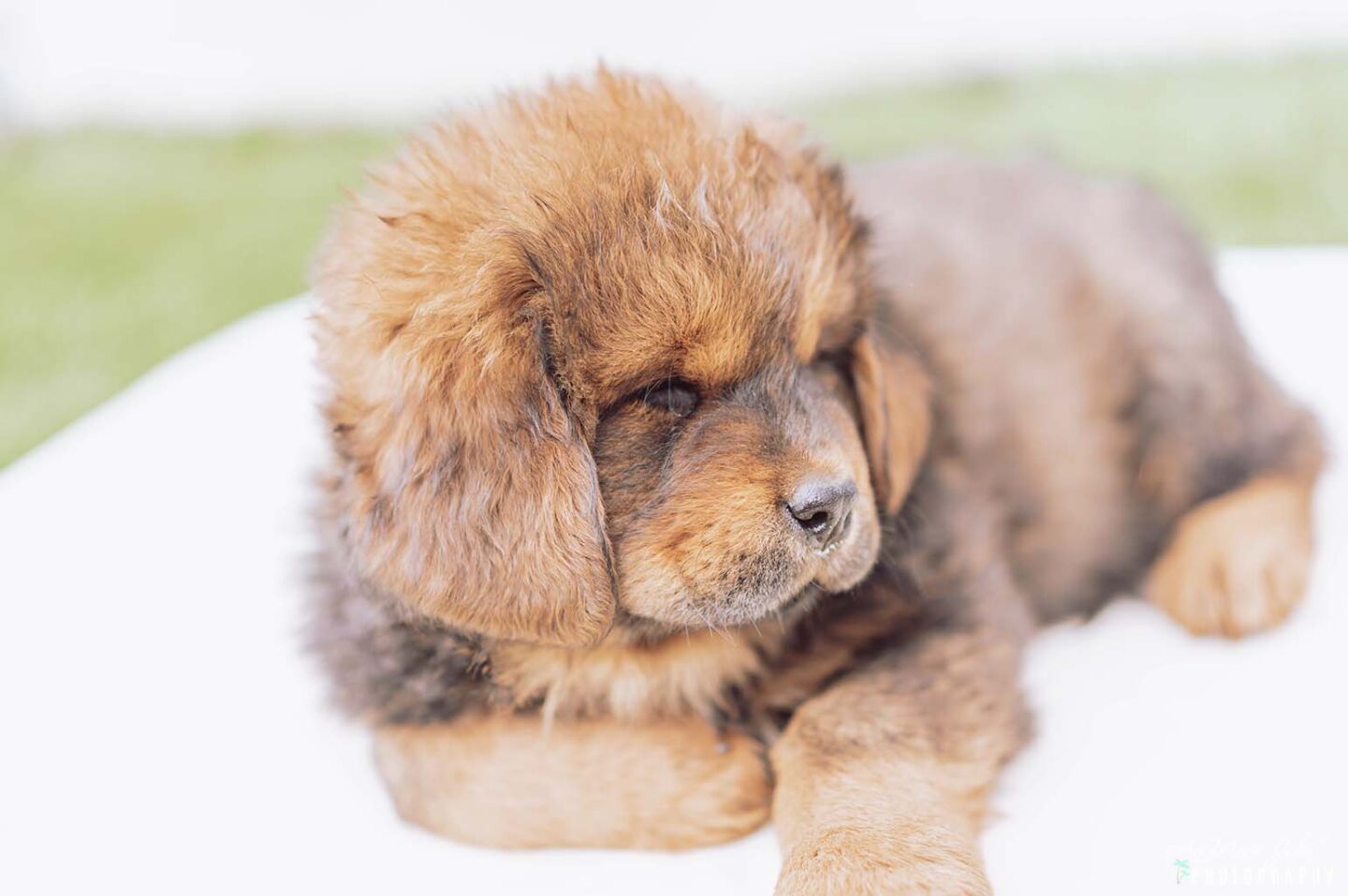Regularly grooming is an important part of the relationship between you and your dog. It not only helps your pup stay healthy, but it will also look great with a glossy, shiny, and tangle-free coat.

Even pooches with shorter-length coats need regular brushing and bathing. If you’ve got a new four-legged friend, you don’t have to be a professional dog groomer to make sure they look their best. Here are some at-home tips to help you establish and maintain a grooming routine for your pup.

Brushing
Brush your dog at least once a week, regardless of the length of his or her hair or the breed. Brushing reduces matting and shedding while stimulating the skin and distributing natural oils, which all combine to give your pup a clean and healthy coat.
Regular brushing also helps extend the time between baths by removing dry skin, dead hair, and built-up dirt to keep your dog looking and feeling healthy. Badly matted hair can be painful, especially for long-haired dogs, so always be careful about your brushing. Use firm, gentle strokes from the head and work back towards the tail, always brushing in the same direction as the coat. Remember that brushing should be an enjoyable experience for your puppy.
Bathing
Most dogs should be bathed at least once every three months, unless they get really muddy or dirty. Your pup may also need to be washed more often if they have skin problems or live outside all the time. Start by filling your sink or bathtub with enough lukewarm water to reach just above your dog’s stomach.
Then use a hose or a plastic jug to wet the rest of the coat while carefully avoiding the eyes, ears, and nose. Gently massage some pet shampoo from head to tail, rinse it off, and repeat if required. Finally, use a large towel to thoroughly dry the hair before letting your dog go for a run and shaking it off like Taylor Swift.
Skin
Some dogs can develop common skin allergies, dog yeast infections, and other diseases that make them itch, scratch, lick, and even chew on their skin. Plus, there’s always the possibility of fleas, ticks, mites, lice, and other parasites like tapeworm that could make them miserable.
So, every time you bathe or groom them, you should always take the time to check their skin. Start feeling for unusual lumps and bumps on the skin by running your fingers through their coat. Part the hair for a closer examination of the skin and search for evidence of parasitic infestations like redness, rashes, sores, and bald spots.
Teeth
While a balanced diet of healthy food and chew toys will help with your dog’s oral hygiene, regular brushing is still important. Proper mouth care includes brushing their teeth at least once a week because plaque and bacteria can still build up and harden into tartar just like our teeth.
This can not only cause them to develop bad doggy breath, but it can also lead to gum diseases like gingivitis and even tooth loss. Start by rubbing your finger along the gums, and then use a brushing tool to clean the outside teeth with some baking soda or toothpaste for dogs.
Nails and paws
Proper grooming of your dog means you will also need to check their paws and cut their nails. Make sure you are always looking after your puppy’s paws by keeping your home and backyard clear of all sharp hazards like broken glass.
You should also regularly check underneath all of their paws for infections, wounds, or foreign objects. When it comes to cutting their nails, some breeds will grow them faster than others. While some will need their nails trimmed every 2 weeks, there are some pooches who may be okay for up to 6 weeks.
Lastly
When you’re learning how to groom your dog, simply follow these tips and remember to use the right tools. Always be patient, stay positive, use lots of treats, and have fun with them. Because not only is grooming important for your dog’s health, but it’s also a great way of bonding.
